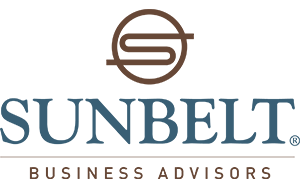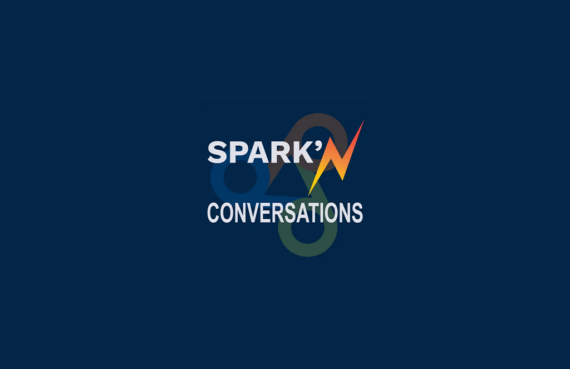Many prospective business buyers look to the Small Business Administration for business acquisition loans. The SBA loan is the most commonly used business acquisition loan available today.
SBA loans were created to be borrower-friendly for business acquisitions. In comparison to conventional loans, SBA loans:
7(a)
- Have longer repayment terms with no prepayment penalties
- More repayment options
- Most fees, closing costs and “soft costs” are financed
- Smaller initial cash investment/buyer equity injection required…
10% minimum versus frequently required 25% and greater for conventional. This helps the buyer keep cash where it can do the most good—in the business. It is important for the lender to help the borrower/buyer get into an acquisition with as little cash out of pocket as possible for a given level of risk. A 7(a) loan can help a growing company hold fixed charges down and optimize working capital. An additional benefit of 7(a) loans is that they may be used for partner buyouts as well as acquisitions. The process is similar and requires the same documentation as acquisition financing.
- More flexible with equity and collateral requirements…
One of the most attractive features of the SBA 7(a) loan is that it can be used to finance portions of the business not secured by collateral. Banks prefer to secure their loans with collateral to minimize risk if your business fails. Typically-collateral is your business real estate, inventory, and equipment. This SBA loan is especially helpful if you’re buying a business that doesn’t have these kinds of assets (One example: banks do not use intellectual property as collateral). Most business acquisitions main asset is “goodwill”.
- They do not have financial covenants or balloon payments…
For example, a conventional loan may have a 10-year amortization with a balloon in three to five years. An SBA loan offers a 10-year amortization AND term, no balloon payment and can even provide up to a 25-year amortization and term if there is a real estate component to the acquisition. This gives you time to pay down the business acquisition loan/real estate with profits from the business without having to worry about refinancing several years down the road. A business owner does not want to face balloon payments during a downturn in business. If you do decide to refinance your 7(a) loan, the lender cannot charge you a prepayment penalty. - In most business acquisition cases, the industry standard interest rates charged under the SBA are more favorable than a conventional loan.
- The SBA does not restrict the number of 7(a) loans to a given business or borrower…
The limit is $5 million in loans outstanding to any guarantor at any given time. If the limit of $5 million per guarantor outstanding is not exceeded, a borrower can use a loan to acquire a business, come back for working capital or real estate loan to continue expanding that business, and eventually expand by additional acquisition. - Borrowers will often not qualify for conventional financing yet can be approved for SBA financing.
- SBA loans have a mechanism for seller carryback/financing which enhances the banks willingness to approve the loan because the bank (and the buyer) know that the seller has vested interest in the buyer’s success.
- SBA loans will often support higher purchase prices through longer terms than the bank will finance conventionally.
504 IN COMPARISON TO CONVENTIONAL FINANCING
- The SBA 504 loan program has many of the same advantages that SBA 7(a) does over conventional financing. The 504 typically serves the real estate portion of a business acquisition and equipment financing.
- Many 504 loan applications can be approved with 10% down when most commercial lenders want 30%. (This makes the program worth considering for any business owner trying to conserve cash).
- 504 further allows you to conserve cash by allowing you to finance most closing costs and “soft costs.”
- Due to loan structure, the 504 has much more predictable payments than conventional commercial loans.
- Because of the lower down payment requirements and the ability to finance closing costs, you can conserve roughly $100,000 in out of pocket costs on a $1,000,000 transaction vs. traditional commercial financing. (And the higher the loan amount, the greater the savings).
- It’s commercial financing that is actually available despite what is going on in the credit markets.
- It is long term fully amortized financing with no balloons, calls, re-qualifying or refinancing later.
- The second mortgage has a low 20 or 25-year fixed rate.
- You can finance manufacturing facilities or Green Building* projects in the $12 to $20 million range.
SBA EXPRESS LINES OF CREDIT
- Lines of credit that can be used for working capital with a $350,000 limit that charge interest only when the credit is being utilized.
BANK LENDERS PERSPECTIVE
Bank lenders are risk adverse and the SBA programs assists lenders in lowering risk as a majority of the loan is “guaranteed” by the SBA in case a buyer defaults on the loan for their business acquisitions. Why do lenders turn to SBA programs for business acquisitions? Because there is higher risk when a business is transitioning:
- Employees leaving
- Customers leaving
- Contracts lost
- A declining industry
- The new entity must support a higher debt load than it had to historically
- The seller may take with him vital institutional and industry knowledge (and goodwill) that a buyer may never replicate
Etc.




